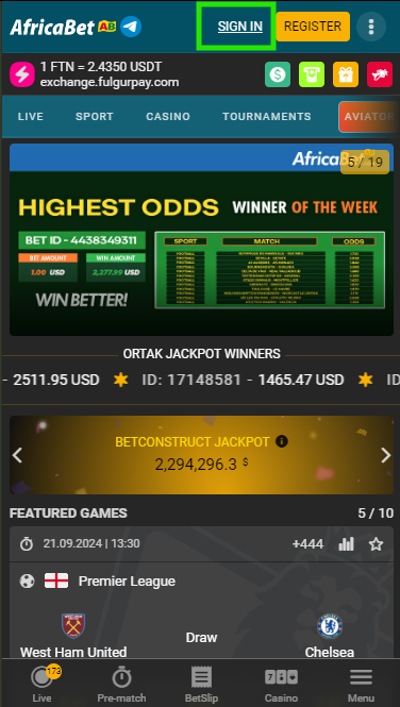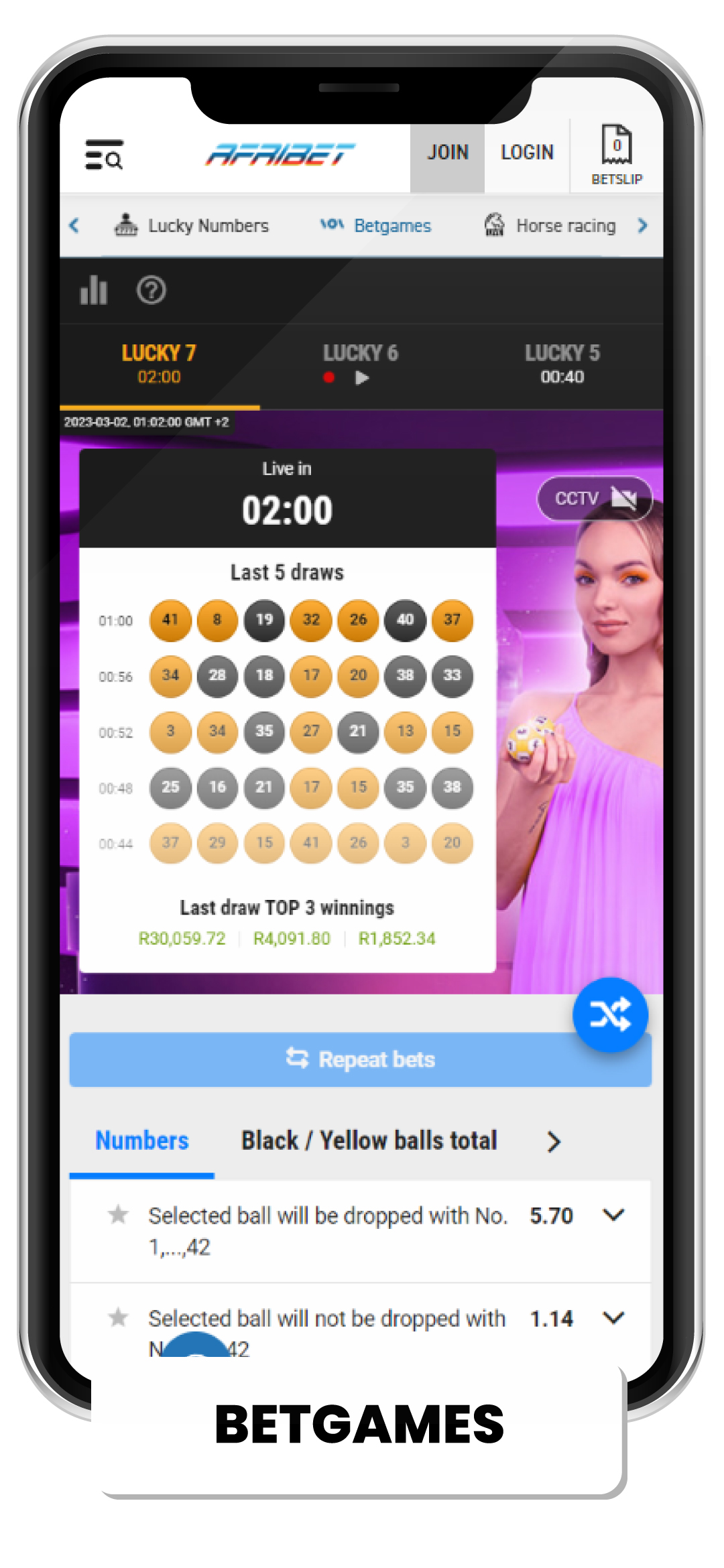Today’s list and beyond — finding an africabet fixture fast
| Brand | Bonus | Site |
|---|---|---|
| 100% up to €150 + 100 FS | Bet Now → | |
| 100% up to €100 | Bet Now → | |
| 100% up to €100 + 50 Free Spins | Bet Now → |

Quick tip: choose markets where decimal odds cluster above 1.50; low volatility markets reduce sudden swings. Check posted limits per market: prefer maximum liability under $5,000 for single bets if you want predictable exposure. Scan market depth to see real available volume at best prices; thin depth equals higher slippage when you place larger stakes.
Want to build a short accumulator? Limit selections to three legs. Require each leg to carry odds no lower than 1.30; combined probability stays reasonable while payout remains attractive. Use small unit staking – 1–3% of bankroll per accumulator – to survive variance. Track implied probability changes pre-kickoff; a 5–10% drift signals market repositioning.
Live moves need a different approach. Watch momentum indicators: possession shifts, expected goals, substitutions. If you use live betting, set automated alerts for price moves greater than 0.25 in decimal odds. Use cash out selectively: secure partial profit when offered value equal to 60–75% of projected return. For high-frequency plays avoid markets with market depth under three price levels; thin markets create execution risk.
Complete kyc and full verification before placing sizeable bets. Upload government ID plus a utility bill under your name; typical approval window runs 15 minutes to 72 hours depending on provider. If withdrawal timing matters, verify within 24 hours of deposit. Keep records: timestamped screenshots, transaction IDs, contact logs for support replies.
Regional notes you will want to know for fixtures
Confirm kyc windows before placing stakes; some jurisdictions hold verification for 24–72 hours, which can block deposits or withdrawals. Keep ID scans ready to upload to speed up the process.
Check market depth by competition; smaller domestic leagues show thin market depth, wide spreads; odds swing quickly on low-liquidity matches. Compare markets across operators before locking a stake.
Reduce stake sizes for matches with low liquidity; avoid large accumulators that rely on tiny markets; prefer singles or small doubles. If you insist on an accumulator, keep legs to reliable competitions with proven results feeds.
Expect delayed results feeds in regions with weak infrastructure; delayed results can make live betting markets freeze or settle late. Test a tiny live wager first to gauge latency and settlement behavior.
Cash out rules differ by country; some operators disable cash out during extra time or for specific competitions. Test cash out on small stakes before committing larger sums.
Want to dispute a settlement? Save screenshots; note timestamps and match tracker IDs from the app. Use operators that publish official feed partners for faster resolution.
Quick checklist: confirm kyc status; check verification windows on the mobile app; compare market depth across operators; monitor opening odds versus current odds; verify cash out functionality; avoid large accumulator bets in thin markets; test live betting latency before risking big stakes.
Live options that are actually useful for fixtures

Use immediate cash-out when odds swing sharply; it preserves stake value far better than waiting for improbable comebacks.
Complete kyc verification before live betting; platforms often enforce strict limits or block withdrawals without it.
Check market depth every minute. Thin depth produces wide spreads, sudden odds jumps, heavy slippage. If you see low liquidity, reduce stake size or skip that market.
Set personal limits per match; mirror platform limits to avoid rejected bets. Small stakes per minute reduce exposure during chaotic phases.
Watch the live odds feed alongside a streaming video or event tracker. Results feed delays of even a few seconds remove edges; sync sources before committing cash.
If you use an accumulator, avoid mixing slow markets with micro-markets; split long slips into smaller groups. Partial cash-out after the first few winning legs secures profit while keeping upside.
Use micro-markets for short-term opportunities: next goal, next card, next corner. They move fast; react only when market depth is acceptable.
Hedge when odds offer a clear lock-in opportunity; calculate implied probability first. Quick trade-out often beats holding for full match variance.
I recommend testing strategies on low stakes for at least 10 matches. Track results; refine rules based on real-time execution, not theory.
| Option | When to use | What to check |
|---|---|---|
| Immediate cash-out | After a momentum shift or late lead | Verification status, payout value, platform limits |
| Partial cash-out | Accumulator with multiple legs still active | Remaining potential return, odds movement, market depth |
| Micro-markets | Short windows under five minutes | Odds volatility, available liquidity, recent results |
| Hedging / trade-out | When opposite odds provide favorable risk-free lock | Implied probability, stake required, limits |
| Live stream + stats | Teams with irregular possession patterns | Latency between stream and odds feed, event trackers |
If something breaks what to try for fixtures
Restart the app or browser. Clear cache, cookies. Try a different device or private window.
First concrete check: open the results page. Confirm match status, postponement flags, final scores. If the results feed is delayed, markets often freeze.
Next, verify your account. KYC can block wagers until complete. Upload a clear ID, selfie, proof of address under three months old. Typical verification window: instant to 48 hours; many services process within a few hours when images are sharp.
Inspect the market display. Look at market depth to see top five price levels. If your stake exceeds available depth, orders reject or get partially matched. Reduce stake, split the bet, or use a limit close to the best price to improve fill chances.
If odds look wrong, refresh the market, check timestamps on updates, compare with an alternate source. Rapid price swings cause rejections. Place a smaller test stake first.
Accumulator problems? One voided leg usually forces a recalculation. Open the bet slip, check each leg result. If the accumulator value looks off, consider cash out to salvage value; cash out reflects current odds and remaining legs.
Pre-match markets fail sometimes while live betting keeps running. Try live betting markets to place an exploratory wager, but watch latency carefully. Use small stakes to confirm execution speed.
Bet pending or unmatched? Copy the bet ID, timestamp, market code. Contact support via chat with those details. Ask for manual settlement or reversal if the platform shows an error.
Quick fallbacks: place singles instead of multis, switch to alternative markets such as totals or handicaps, lower your stake to fit visible market depth. Test each change with a small amount before scaling up.
Keep a screenshot of errors, transaction IDs, and proof of uploads. Those items speed verification, dispute handling, and settlement when human review becomes necessary.
where the fixture file lives
Check the app server first: common paths are /opt/app/data/matches.json, /var/lib/sports/matches.sqlite, or /etc/app/matches.yml. If the platform uses cloud storage, look in s3://bucket-name/matches/YYYY-MM-DD.json or an Azure blob container with a similar folder pattern.
Validate the target by timestamps; open the file to confirm presence of keys like start_time, markets[], odds[], market_depth. Hit the public results API endpoint; matching IDs there should appear in the file. If markets lack market_depth entries, live betting features such as cash out or in-play odds will misbehave.
Private feeds often sit behind auth. Check whether access requires token-based headers, session cookies, verification steps or kyc gates. Accounts with strict limits may only receive a reduced feed; accumulator markets sometimes get filtered for low-tier users. If you can't fetch the full file, inspect account status first.
For low-latency needs use the websocket stream instead of polling the static file; cash out calculations and live betting price swings rely on that stream. If the static copy lags, compare its last-modified timestamp to the WS event timestamps to spot delays.
If the file is missing start with the sync job logs on the server; check cron entries, S3 lifecycle rules, CDN cache rules, plus the deployment script that writes the path. Try a manual curl with verbose headers to see redirects or 403 errors; then restart the sync service if timestamps remain stale. Still stuck? Export the small JSON sample, compare fields to the results API, then escalate to ops with the exact sample and error logs.
Limits and the maximum payout in plain words for fixtures

Start by checking your account's max-payout figure and finish KYC now if you plan big stakes – that alone removes most caps.
- Typical maximum payouts: small operators roughly $2,000–$10,000; mid-size operators about $10,000–$100,000; global firms often set $250,000–$2,000,000. Use these bands to set realistic targets.
- Accumulator returns: many firms cap total returns from multi-leg bets. Common caps sit between $100,000 and $500,000. Also watch for a limit on number of legs (usually 10–20) and per-leg odds caps (sometimes 1000 in decimal).
- Per-bet limits: a book may limit your stake so the theoretical payout does not exceed their cap. If your calculated payout (stake × product of odds) exceeds their max, your accepted stake will be reduced or the bet declined.
- Live betting carries lower thresholds. In-play markets often accept stakes that are 30%–70% of pre-match limits, depending on volatility. Expect faster manual reviews for large in-play wins.
- KYC and verification: most operators require ID, proof of address, proof of payment for withdrawals above $500–$5,000. Complete verification early; unverified accounts face delays, partial holds, or rejected cash out requests.
- Odds limits: tiny probability outcomes (very long odds) may be restricted or capped. If you build an accumulator with extreme odds, the operator may apply a maximum multiplier or outright reject some selections.
- Cash out: useful to lock value but does not bypass payout caps. If your full potential win would breach a cap, your cash-out offer will reflect that restriction.
- Results and settlement: large wins trigger manual checks against official results. Expect a 24–72 hour hold for big payouts while verification occurs.
Quick practical checklist:
- Open account settings → limits/terms. Note max payout figures.
- Upload KYC docs immediately: ID, utility bill, payment proof. Aim for 24–72 hour clearance.
- Before placing an accumulator, calculate theoretical return. If it nears the operator cap, lower your stake or reduce legs.
- For live bets, cut stakes by at least half if you haven't completed verification.
- If you expect a big win, contact support pre-bet. Ask for explicit confirmation of max payout rules.
- If a payout is held, request a timeline for verification results and provide any extra documents fast.
If you want the highest practical payout without surprises: verify your profile, keep single-bet stakes within the operator's published limits, split large exposures across legal separate accounts only where terms allow, and use cash out sparingly to avoid forfeiting more than necessary.
how to read the betslip clearly
Verify kyc status first; complete verification before placing large accumulator bets.
Check the header for market type, odds format, currency. Decimal odds are easiest for quick mental math; fractional values appear in some regions.
Look at each selection row: team, market label, price. A red price means suspended; a greyed row means void if not matched. Hover or tap the price for market depth info.
Market depth shows available amounts at best prices. If depth reads 300 units at 1.80, a 500-unit stake may be partially matched: 300 at 1.80, 200 at a worse price or rejected. Adjust stake to avoid partial fills.
Accumulator math: multiply decimal odds across legs, then multiply by stake. Example: five legs at 1.80, 2.00, 1.50, 2.50, 1.60 with a 10-unit stake gives 10 × 1.8 × 2.0 × 1.5 × 2.5 × 1.6 = 216 units potential return. Use that formula to spot misplaced expectations.
Watch the cash-out line. Not every market offers live betting cash-out; when available it shows current offer and the exact reduction from theoretical return. Accept only if the offered value matches your risk tolerance.
Read settlement notes under each leg after events finish. Results display win, lose, void, settled as half; a single void leg reduces an accumulator accordingly, not always cancelling the whole bet.
Limits appear on the betslip near stake entry. If a max stake is lower than your input, the platform will show the allowed figure and likely block placement. Small checks here save time with support teams later.
If a bet looks rejected, check verification logs, recent account notes, message center. Many rejections trace back to pending kyc items, temporary odds freezes, or exceeded liability on a market.
Final tip: review the summary line before confirming – selections count, total stake, estimated returns, active offers. One quick scan prevents arithmetic mistakes, surprise partial matches, unnecessary verification delays.
when to contact support
Contact support immediately for any of these: withdrawal pending over 48 hours, kyc/verification stuck after upload, cash out attempt failed after confirmation, executed odds differ from confirmed odds, live betting feed freezes or accepts bets at incorrect prices, market depth shows large anomalies, published limits conflict with your accepted stake, official results mismatch your bet settlement.
When you write, include precise data: bet ID, market ID, UTC timestamp, stake amount, executed odds, screenshots of the betslip and error messages, transaction ID for deposits or withdrawals, wallet address if applicable, name of the document uploaded for kyc/verification, version of the app or browser, short description of steps taken before the issue occurred.
Use live chat for urgent playroom problems; upload documents via secure email or the account portal for verification checks. Target response times to expect: live chat under 15 minutes, document review 24–72 hours, payout disputes 48–96 hours. Ask for a ticket number, note any reference code, request expected resolution time if none provided.
Try these quick checks first: refresh odds, confirm market depth via another market view, clear cache, retry the cash out option once, verify limits shown on your account page, compare results with the official match source. If the issue repeats after those steps, escalate with the collected evidence for faster handling.
Questions and answers:
How do I find Africabet fixtures for today fastest on the site or app?
Open the Africabet homepage or mobile app and look for a "Matches", "Fixtures" or "Today" section — most betting platforms place current-day events there. Use the date filter or the quick tabs for live and upcoming matches, and narrow results with the league filter if you only follow specific competitions. If the app has a search bar, type a team or league name to jump straight to relevant fixtures. Also refresh the list just before placing a bet to see last-minute changes.
Are the kickoff times on Africabet shown in my local timezone?
Africabet usually displays times according to either the site default or the timezone set in your account. Check your account or display settings to confirm which timezone is selected. Keep an eye on daylight saving shifts, since those can change the hour shown. If you need absolute certainty, compare a fixture time with the official league or club page, or convert the listed time to your local time using a reliable timezone converter.
Can I get Africabet fixtures via an API or feed to import into my own tracking tools?
Some betting operators provide public developer APIs or partner feeds, while others do not. First, look for a "Developers" or "API" link on Africabet's site or in the footer. If nothing is visible, contact customer support and ask if a data feed or developer access exists. If an official feed is not available, consider licensed third-party sports data providers that include African leagues; those services offer documented endpoints, update frequencies, and commercial terms. Avoid automated scraping unless the site terms explicitly permit it. Whichever route you choose, handle rate limits, timezone conversion, and error responses in your integration, and keep a log of updates so you can spot gaps or mismatches quickly.
What should I do if a fixture on Africabet is postponed or cancelled after I placed a bet?
First, check the market rules and settlement policy for the event — those rules determine how bets are settled when matches are postponed or abandoned. Look at the fixture status on the match page; many sites mark events as postponed, abandoned, or rescheduled and note the settlement outcome. If the status is unclear, open a support ticket or live chat and include your bet reference and screenshots showing the original market and timestamps. Keep an eye on official league announcements too, since bookmakers often follow those for final decisions. If you feel a settlement was handled incorrectly, use the site’s complaint procedure and retain all correspondence.
